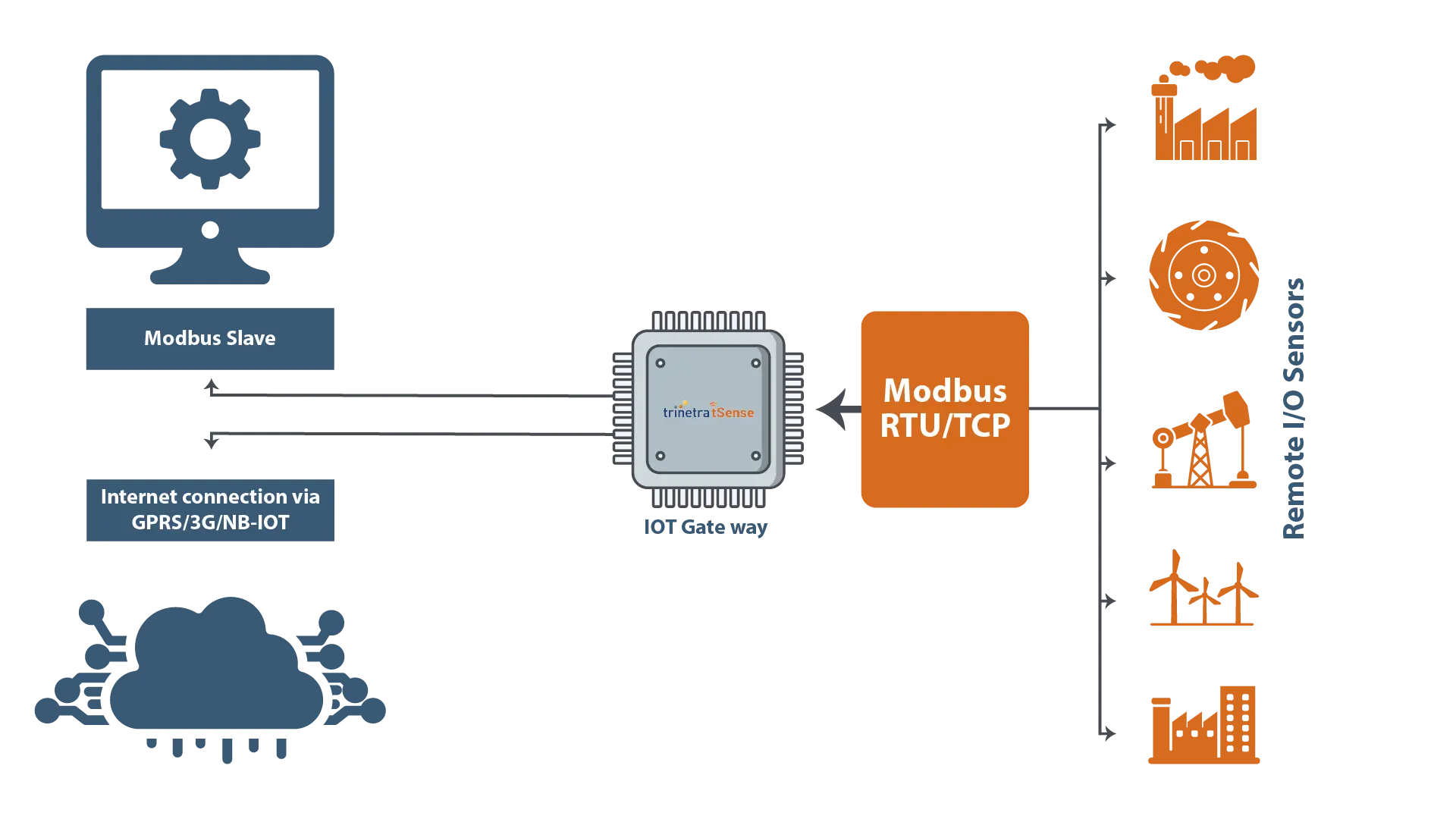As a leading provider of IoT solutions and software application development, Trinetra TSense is at the forefront of transforming production processes with cutting-edge Industry 4.0 solutions. Our innovative CNC machine monitoring system empowers industry managers and factory workers to make data-driven decisions, leading to a new era of efficiency and productivity.
Our comprehensive solution goes beyond traditional monitoring. This fully automated system leverages the power of IIoT (Industrial Internet of Things) to provide real-time data visualizations, instant notifications and historical analytics.
This empowers factory personnel to:
- Gain Immediate Insights: Visualizations of real-time data give workers a clear picture of ongoing production. They can monitor machine performance, identify bottlenecks, and optimize processes for maximum efficiency.
- React Quickly with Instant Notifications: The system triggers instant alerts for anomalies or potential issues, allowing for proactive maintenance and ensuring smooth production flow.
- Learn from Historical Analytics: In-depth analysis of historical data provides valuable insights into machine behavior and production trends, improving future production planning and scheduling.
Furthermore, our IIoT solution offers a multitude of benefits for manufacturers:
- Remote Monitoring & Operations: Monitor and manage CNC machines remotely, offering greater flexibility and improved production control.
- Enhanced Production Efficiency: Real-time data insights allow for continuous process optimization, maximizing output and minimizing waste.
- Managing Tools & Consumables: Track tool life and consumable usage, enabling proactive maintenance and preventing unexpected disruptions.
- Anomaly Detection & Alerts: Identify potential issues before they escalate, preventing costly equipment breakdowns and production delays.
The IIoT Advantage:
- Fast, Secured & Reliable Connectivity: Ensure seamless data transmission, allowing for real-time insights without compromising security, from various locations.
- Universal Compatibility: Connect any CNC machine, regardless of age or model, for a truly comprehensive remote production monitoring system.
- Effortless Configuration: The system is easy to set up, minimizing downtime and ensuring a smooth integration into existing workflows.
By harnessing the power of Industry 4.0, we at Trinetra TSense empower manufacturers and their managers to optimize machine utilization, plan effective maintenance strategies, and achieve significant improvements in productivity and efficiency. With our CNC machine monitoring system hosted on the cloud, manufacturing factories can step into the future of production, ensuring a competitive edge in today’s dynamic manufacturing landscape.













